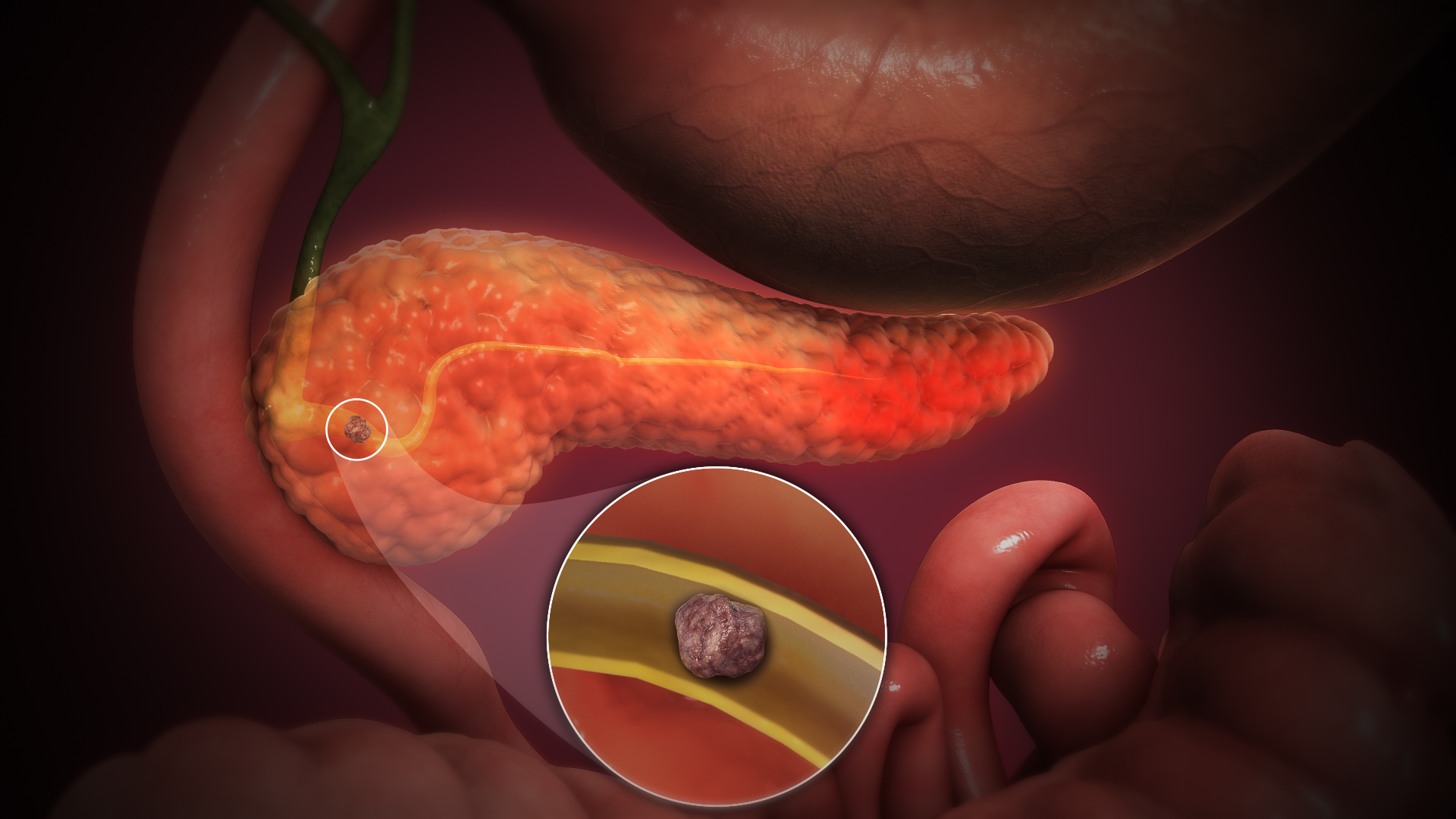Laparoscopic Cholecystectomy
Price range: ₹800.00 through ₹1,600.00
Learn Laparoscopic Cholecystectomy through our stepwise program. You can acquire this skill anywhere, anytime, without quitting your job and daily life. We utilize the FAHEM Theory of Skill Development to enhance human skills.
Please read the Requirements and Commitments of each level before making a purchase. Ensure you meet the eligibility criteria to receive the product/service.
Description
Laparoscopic cholecystectomy is crucial for surgeons today. This minimally invasive gallbladder removal procedure offers shorter recovery times, reduced patient pain, and enhanced safety. Surgeons who master this technique can provide advanced, patient-friendly care. Proficiency in laparoscopic procedures also makes surgeons more competitive and versatile in their practice. In a healthcare landscape focused on patient well-being and efficiency, learning laparoscopic cholecystectomy is a valuable asset for any surgeon.
Laparoscopic cholecystectomy is a minimally invasive surgical procedure used to remove the gallbladder. It typically involves several key steps, which I’ll describe below:
Anesthesia:
– Before the surgery begins, the patient is placed under general anesthesia to ensure they are asleep and pain-free during the procedure.
Incisions:
– The surgeon makes small incisions in the patient’s abdomen, usually three to four in total. These incisions are typically less than an inch in length and are strategically placed to allow access to the gallbladder.
Trocar Insertion:
– Trocars are specialized tubes or ports that are inserted through the incisions. These trocars serve as entry points for surgical instruments and the laparoscope, a thin tube with a camera on its tip.
Insufflation:
– Carbon dioxide gas is pumped into the abdominal cavity through one of the trocars. This gas inflates the abdomen, creating a space between the organs and the abdominal wall. This space allows the surgeon to work and provides better visualization of the surgical area.
Laparoscope Insertion:
– The laparoscope is inserted through one of the trocars. The camera on the laparoscope sends high-resolution images of the surgical area to a monitor in the operating room, allowing the surgeon to see inside the abdomen.
Exploration and Dissection:
– The surgeon carefully examines the abdominal cavity to locate the gallbladder and identify any surrounding structures or potential complications.
– Specialized laparoscopic instruments are used to dissect the tissues and blood vessels that connect the gallbladder to the liver and other nearby structures.
Gallbladder Removal:
– Once the surgeon has isolated the gallbladder, they carefully free it from its attachments to the liver and surrounding tissues.
– After ensuring that there is no bleeding or injury, the gallbladder is placed in a specimen bag, and the bag is pulled out through one of the trocar incisions.
Final Inspection:
– The surgeon examines the surgical area one last time to confirm that there is no bleeding or injury and that the gallbladder has been completely removed.
Trocar Removal:
– The trocars are removed, and the carbon dioxide gas is released from the abdomen.
Incision Closure:
– The small incisions are closed with sutures or surgical staples, or sometimes they are left to heal naturally.
Recovery:
– The patient is gradually awakened from anesthesia and transferred to a recovery area.
– In most cases, patients are discharged on the same day or after a short hospital stay, depending on their overall health and the complexity of the surgery.
Laparoscopic cholecystectomy is known for its minimal scarring, reduced post-operative pain, and quicker recovery time compared to traditional open gallbladder surgery. However, the specific details of the procedure may vary depending on the patient’s condition and the surgeon’s approach.
Additional information
| Levels | Level-1, Level-2, Level-3 |
|---|
General Inquiries
There are no inquiries yet.







